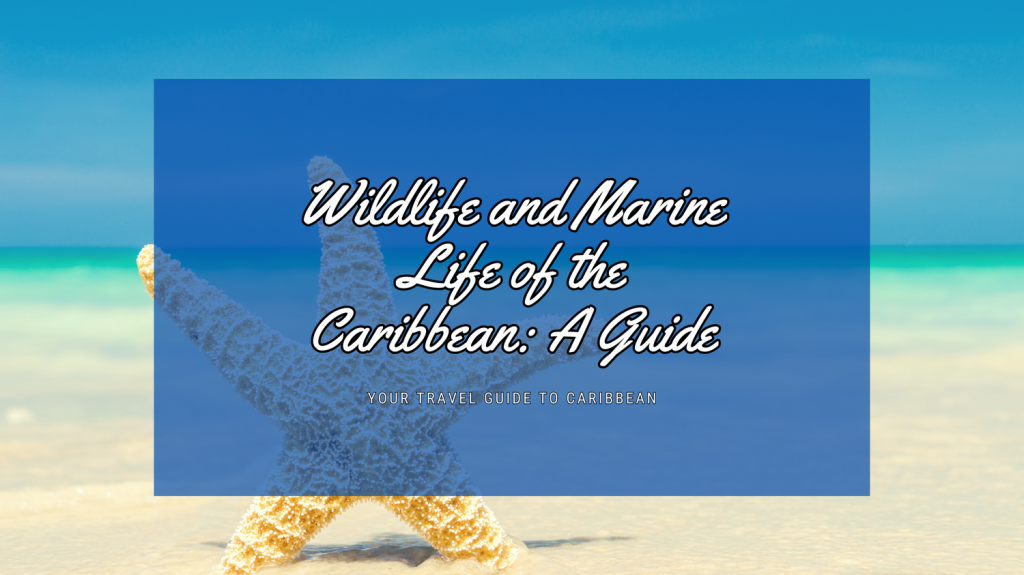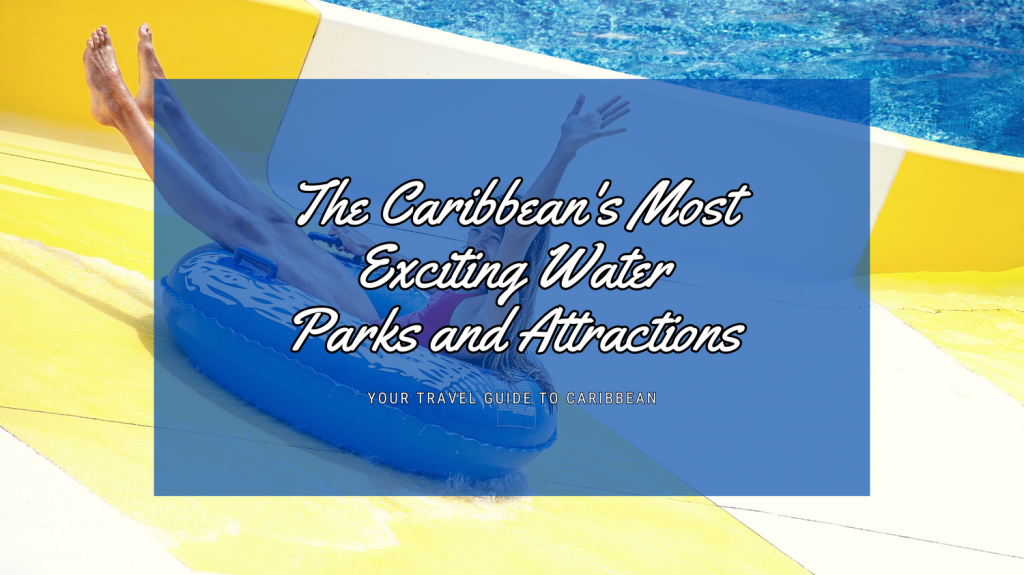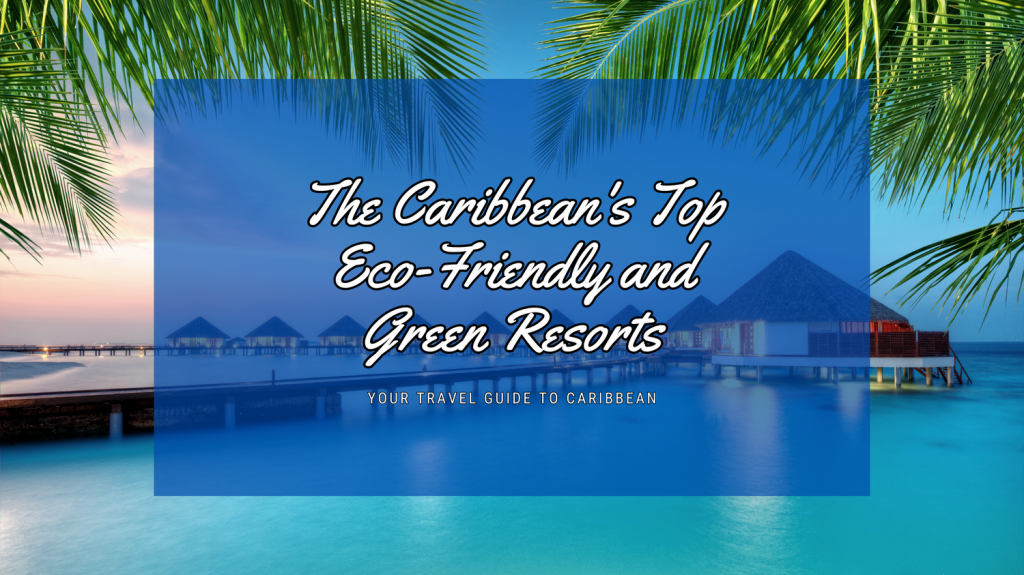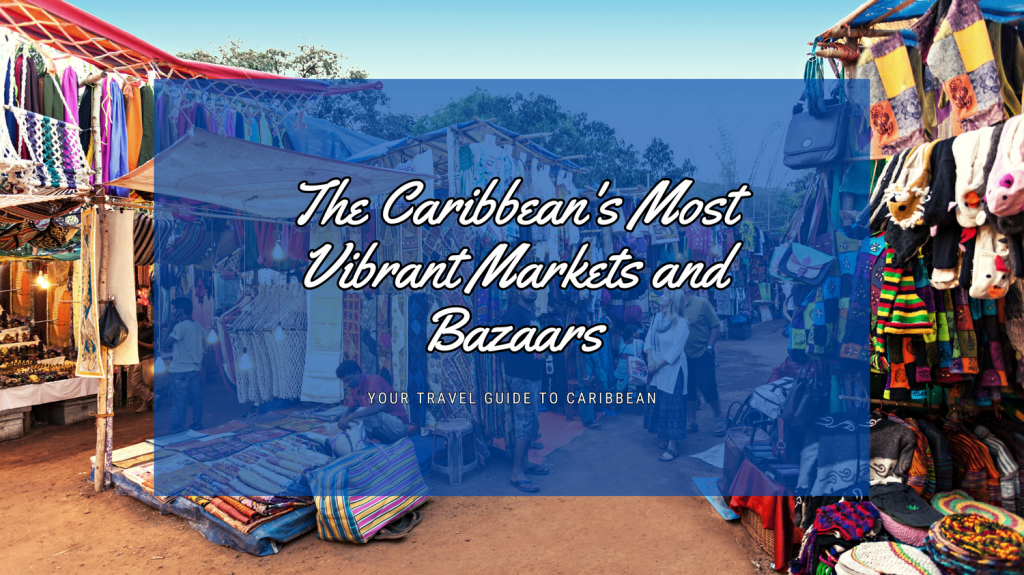The Caribbean, a collection of sun-soaked islands, is not just about sandy beaches and azure waters. It’s a vibrant ecosystem teeming with a diverse range of wildlife and marine life. From the majestic whales that grace its waters to the colorful birds that dot its skies, the Caribbean is a nature lover’s paradise. Let’s embark on a journey to explore the rich biodiversity of this tropical haven.
The Feathered Inhabitants: Birds of the Caribbean
The Caribbean islands are home to a plethora of bird species, many of which are endemic, meaning they’re found nowhere else in the world.
The Flamboyant Flamingos
Found in places like Bonaire and the Bahamas, these pink-hued birds are a sight to behold, especially when they take to the skies in large flocks.
The Hummingbirds’ Dance
With over 18 species of hummingbirds fluttering around the Caribbean, these tiny birds, with their iridescent colors, are a treat to watch.
The Rare Caribbean Parrots
Islands like Puerto Rico and St. Lucia host their own unique species of parrots, which are often symbols of national pride.
The Marine Marvels: Under the Caribbean Sea
The Caribbean Sea is a treasure trove of marine biodiversity. Its warm waters and coral reefs provide the perfect habitat for a variety of marine creatures.
The Graceful Mantas and Stingrays
Often seen gliding through the waters of Grand Cayman and Belize, these creatures are a must-see for snorkelers and divers.
The Colorful World of Coral Reefs
Home to vibrant corals, fishes, and other marine species, the coral reefs of the Caribbean, especially in places like Bonaire and Cozumel, are underwater wonderlands.
The Majestic Whales and Dolphins
The waters around Dominica and the Samaná Peninsula in the Dominican Republic are known for their whale and dolphin sightings, especially during migration seasons.
Land Mammals: Beyond the Beaches
While the Caribbean is primarily known for its marine life, the islands also host a range of mammals.
The Curious Capuchin Monkeys
Found in the rainforests of Trinidad, these playful primates are a joy to observe in their natural habitat.
The Nocturnal Bats
Caves and forests across the Caribbean islands are home to various bat species, playing a vital role in pollination and insect control.
Conservation Efforts: Protecting the Caribbean’s Biodiversity
The Caribbean’s rich biodiversity is under threat due to factors like climate change, habitat destruction, and overfishing. However, several conservation initiatives are in place to protect its unique flora and fauna. Marine protected areas, wildlife sanctuaries, and sustainable tourism practices are some of the measures being adopted to ensure that the Caribbean’s natural wonders are preserved for future generations.
Tips for Ethical Wildlife Viewing
- Maintain a Safe Distance: Whether you’re snorkeling with stingrays or watching birds, always keep a respectful distance.
- Avoid Feeding Wild Animals: Feeding can disrupt their natural behaviors and diet.
- Choose Eco-friendly Tours: Opt for tour operators that follow ethical and sustainable practices.
- Leave No Trace: Ensure you don’t leave behind any waste, especially in marine environments.
Conclusion
The Caribbean, with its rich tapestry of life, offers nature enthusiasts an unparalleled experience. From the depths of its seas to the canopies of its forests, every corner of the Caribbean tells a tale of nature’s wonder. So, the next time you’re planning a Caribbean getaway, make sure to dive deep into its natural world – it promises to be an adventure of a lifetime!





